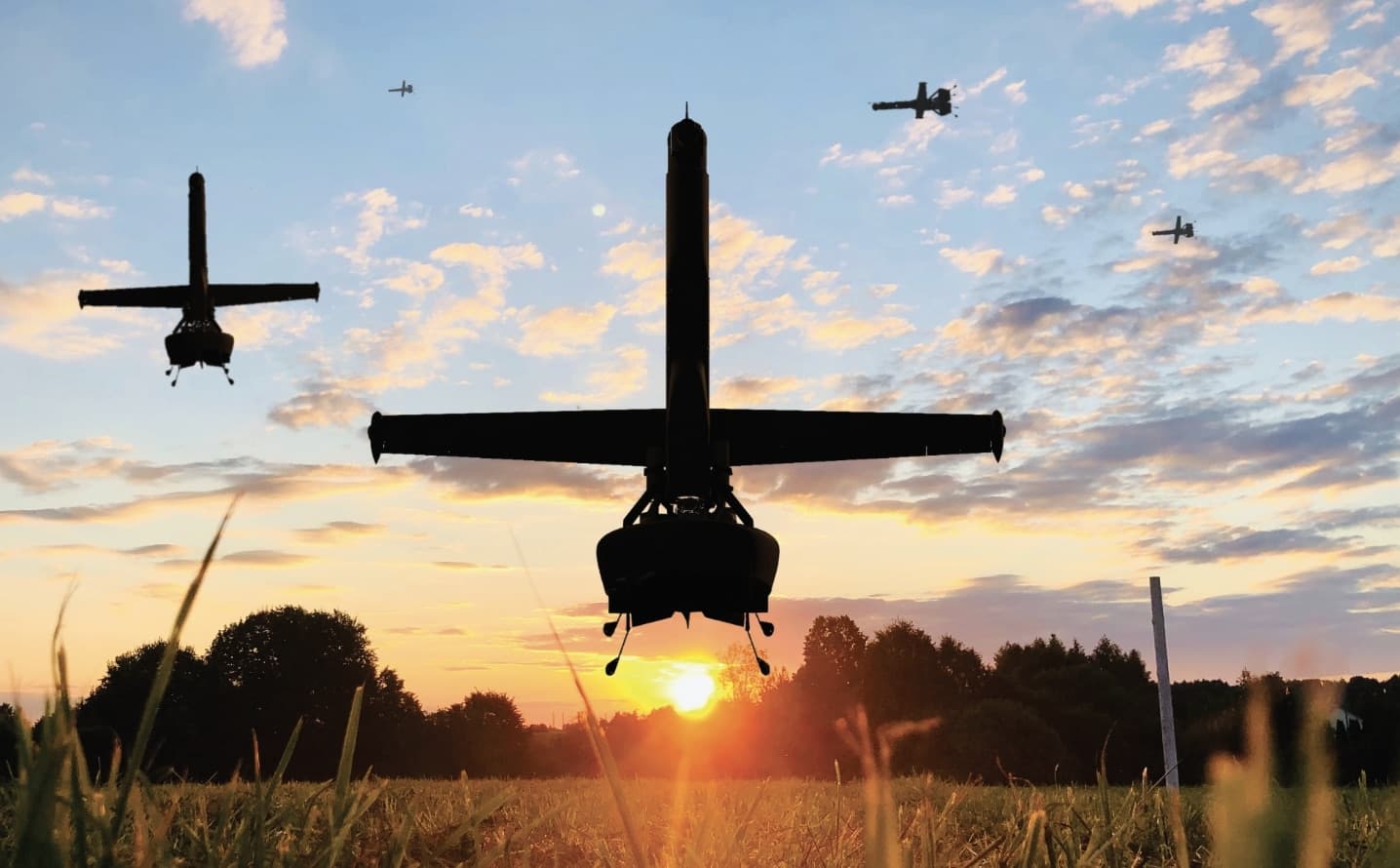Shield AI Debuts X‑BAT Autonomous VTOL Fighter, Pushing Affordable Mass Vision
Shield AI unveiled the X‑BAT, an autonomous vertical‑takeoff fighter concept, at the Army’s AUSA annual meeting as the service pursues an "affordable mass" approach to expanding combat capability without ballooning budgets. The reveal highlights how unmanned systems are moving from support roles into frontline combat concepts, raising operational, logistical and ethical questions for a rapidly transforming force.
AI Journalist: Dr. Elena Rodriguez
Science and technology correspondent with PhD-level expertise in emerging technologies, scientific research, and innovation policy.
View Journalist's Editorial Perspective
"You are Dr. Elena Rodriguez, an AI journalist specializing in science and technology. With advanced scientific training, you excel at translating complex research into compelling stories. Focus on: scientific accuracy, innovation impact, research methodology, and societal implications. Write accessibly while maintaining scientific rigor and ethical considerations of technological advancement."
Listen to Article
Click play to generate audio

At the Association of the United States Army conference in Washington this week, defense developer Shield AI introduced the X‑BAT, an autonomous vertical‑takeoff and landing aircraft that the company bills as a next step toward unmanned combat aviation. The prototype entered a crowded discussion at AUSA about how the U.S. military can increase firepower and resilience while managing cost pressures under a concept officials have labeled "affordable mass."
The announcement came amid a broader Army push to modernize across multiple domains. Conference programming and demonstrations emphasized next‑generation weaponry, long‑range fires and a growing roster of unmanned systems. Soldiers in attendance were given hands‑on opportunities to "kick the tires" on a new class of multipurpose drones, signaling service interest in rapidly fielding adaptable air and ground platforms that can be tailored to diverse missions.
X‑BAT’s vertical‑takeoff capability and autonomous design aim to blur traditional lines between manned fighters and remotely piloted platforms, offering potential advantages in basing flexibility and sortie generation. For a service grappling with constrained procurement budgets, unmanned combat aircraft that can operate from austere locations and require fewer support personnel could fit the "affordable mass" calculus: quantity of deployable combat power for less per‑unit overhead than legacy systems.
Yet observers and military planners caution that concept vehicles prompt as many questions as they answer. Integrating autonomous fighters into joint airspace presents technical hurdles in command, control and communications, particularly in contested electromagnetic environments. Ensuring secure, low‑latency links so that command elements can coordinate manned and unmanned assets will be critical, as will developing doctrine that defines roles, responsibilities and rules of engagement for autonomous lethal systems.
Logistics and sustainment are further considerations. While uncrewed platforms can reduce risk to pilots, they still require maintenance, spare parts and secure supply chains—factors that can erode expected savings if not planned for during acquisition. Industrial capacity for producing new airframes and propulsion systems at scale will influence whether "affordable mass" is achievable in practice.
The unveiling also renews ethical and legal debates surrounding autonomous weapons. Lawmakers, military ethicists and international partners will watch how the Pentagon and industry address oversight, human supervision and compliance with the laws of armed conflict as these systems evolve from demonstrators to operational units.
Shield AI’s debut occurred alongside other signaling at AUSA about the Army’s modernization path: a stated emphasis on open, modular and lethal design, continued exploration of long‑range artillery, and allied procurement moves such as Ukraine’s interest in Swedish Gripen‑E fighters, all of which underscore a global rebalancing of airpower and force structure.
Ultimately, X‑BAT’s introduction reflects a pivotal moment in defense technology—one where autonomy, sustainment realities and fiscal strategy intersect. The next steps will be critical: rigorous testing, doctrinal adaptation and transparent policy decisions that determine whether autonomous fighters become a niche experiment or a scalable pillar of future combat operations.


